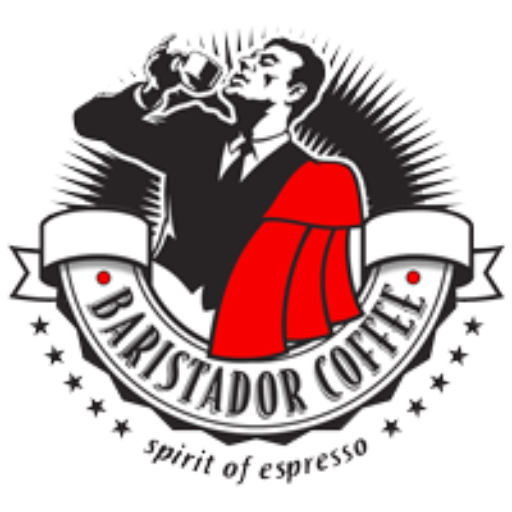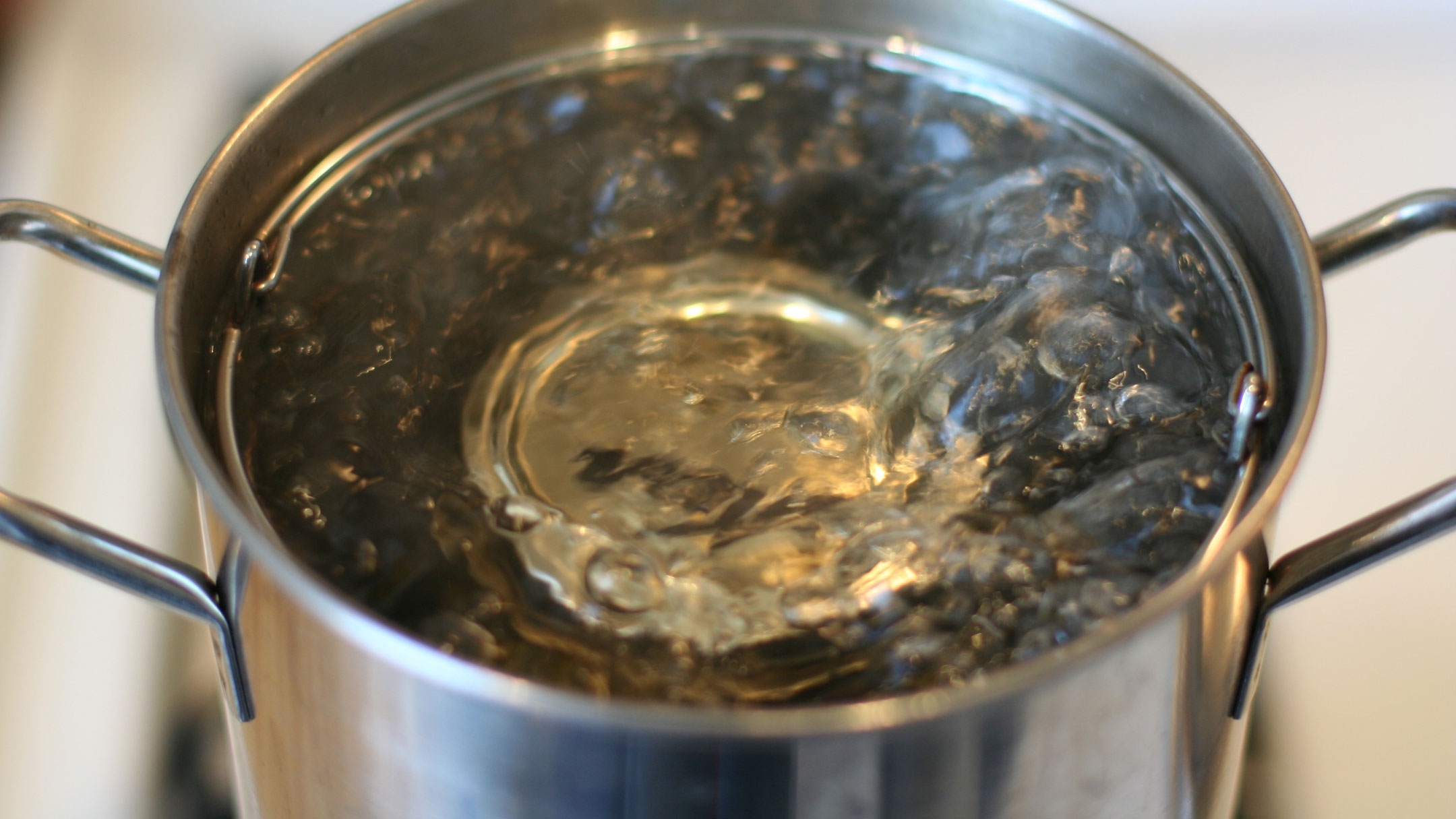 This is the third of seven guest blog posts about coffee. Baristador Coffee does not necessarily endorse the coffee making methods below, but does endorse Mrs Campbell’s sentiments. Many thanks to Project Gutenberg for making this guest blogging series possible.
This is the third of seven guest blog posts about coffee. Baristador Coffee does not necessarily endorse the coffee making methods below, but does endorse Mrs Campbell’s sentiments. Many thanks to Project Gutenberg for making this guest blogging series possible.
Perhaps the two should read twenty, and it would, were it any part of my present mission to give every possibility of method with the berry from bush to pot or filter. But I deal to-day only with two, and they define themselves at once, sharply and decisively—a good way and a bad way; and as, according to a famous moralist, we take more interest in the faults than in the virtues of a friend, it is with the bad way that we begin. It is a way susceptible of many variations, as my own eyes have seen, but all reducible to the one formula,—bad. Moreover, they all emanated from a source supposed to represent the acme of good housekeeping. It was in New England, far to the east, and the quiet house where a part of a summer was spent had every charm but that of good coffee. Paint, walls, and floors were spotlessly clean. The sheets smelled of green grass and all growing things, and, like every washable article, dazzled one with the whiteness and purity of their cleanliness. Bread and butter were perfect, and innumerable pies equally so. But the coffee! Freakishly, mysteriously, variously bad; but bad inevitably. Why and how one act could have such manifold effects became the problem, and gradually, by means of much patient observation made from my place by the south window in the room, which was both dining-room and sitting-room, I found out.
The genesis of bad coffee
My hostess came down late one morning. The coffee of the previous day had stood in the tin pot all night, and she poured off such liquid as remained, emptied the grounds, rinsed the pot with cold water, and put in a cupful of cold coffee. This was set on the stove, and soon began to boil. The potatoes were frying, and some slices of pork also, and she busied herself with these for a time; then, as a sort of afterthought, took some coffee from the canister, ground it, and poured it into the pot. The kettle had boiled furiously for an hour, and I knew that the water that filled it had stood all night in the kitchen; these two facts meaning that it had parted with the last bubble of life and spirit, and was flat, stale and unprofitable. But she filled the coffee-pot to the brim, throwing in the bit of fish skin for clearing; and on it boiled till the bell had rung, and Aaron came in from the barn and received his cup, made bearable by the cream, which she never stinted. But not a detective appointed for the purpose could have told the nature of the compound before him, and would have echoed the despairing traveler’s request: “If this is tea, bring me coffee; and if it’s coffee, bring me tea.”
Happily, Aaron was thirsty, and emptied the pot. His mother turned out the grounds, washed the pot with soap-suds, and set it away, half dry—an immediate explanation of one of the flavors sometimes to be perceived. Observation, the next morning, showed that the kettle did not boil, because the fire refused to burn properly. But the coffee went in, and the water went on, and in due time came to the table, distinctly flavored with soap, but drank with calm unconsciousness by both Aaron and his mother. The supply of cream had gone by mistake into the churn, and there was no alleviation. I looked at the determined countenance of my hostess, and wondered if I might speak. Here was the well by the door; here was a canister of real coffee; here milk that could boil. What lacked it that I must forego the real union of all these elements? Only my own craven nature, which shrunk from the conflict, and continued to shrink, through three weeks of vicissitude. I had grown indifferent, but the sight of a fresh package of coffee coming in under Aaron’s arm aroused me to mild persuasion. I read at the tea-table a bit from some paper on Delmonico’s theory of boiling water.
“He must a’ been dretful notional. I wouldn’t a’ had him come pokin’ about my kitchen,” remarked my hostess, decisively.
“But he was quite right. Water is spoiled for drinking, as hot water, or for making tea or coffee, if it passes beyond that first few minutes of effervescence. It should be fresh water, freshly boiled, and poured at once on the coffee, which ought to be in a clean, hot pot. It doesn’t make much difference whether it is boiled or filtered. Delicious[18] coffee can be had by either method, if those conditions are followed absolutely; the best coffee is ruined if they are not.”
“Folks that don’t like my vittles can go where there’s vittle’s they do like,” was my hostess’s answer, after a moment of stony silence. And so I lost that boarding-place, and found one where they never ground their own coffee, but where they did everything else to it, decently and in order.
Discovering good coffee
Two years later I found myself one morning in a waste, howling wilderness in North Carolina—05a tar and turpentine station in the pine woods, where only a cabin or two showed signs of life. One truck of the car was off the track. Hours must pass before we could go on, and any breakfast lay forty miles beyond.
“You’ll get a snack in yonder,” the conductor said presently, pointing to a distant cabin. “And it’s a pretty good one. I’ve tried it before.”
He led the way under the pines to the lonely little cabin, in the door of which stood a tall “cracker,” with a keener face than most of his order. It was the roughest of interiors, but it was clean. He had already cut some slices of bacon and placed it in his pan, and a pone baked in the ashes. A coffee-mill was screwed against the post, and from a shed I heard the lowing of a cow. We should not be milkless.
“Do your prettiest, Jacob,” the conductor said, and Jacob nodded. Then he went to a spring and filled a little kettle with the fresh, bubbling water, and hung it over the coals. Coffee was in a sack in the corner, and he took out a handful and roasted it then and there, turning each grain in the pan[19] as it browned, and grinding it the instant the process ended. The water boiled on the same moment. He scalded his coffee-pot, put in the ground coffee and the boiling water, and put that and a little can of milk on the coals. Three minutes passed. Then he lifted the pot, poured off a cupful to free the nozzle, poured it back, and put it aside to settle.
“Set by,” he said, concisely, putting a tin cup at my place, with a spoonful of sugar in the bottom.
“We hain’t any store cups,” he said; “an’ this ain’t what you’re used to, but it won’t spoil the coffee.” And with that he poured two streams, one a rich, clear brown, the other snowy white, and both at boiling-point, till the cup was full. Never had more perfect coffee passed my lips, and I said so.
“Learned that in Mexico,” said the tall “cracker,” with a smile of pride. “Used to drink my coffee straight; but go down thar for a year, an’ now can’t bar it no other way but their’s. Roast it, an’ boil it, and drink it all to onst. It gits ahead o’ whiskey, or even peach an’ honey.”
Here are the two ways: Admirable cook-books will give you admirable rules for making coffee; but, if you believe it worth the trouble, try my “cracker’s,” otherwise Mexican, method. Cream and coffee are often indigestible; boiled milk and coffee, almost never. The union prevents excess of coffee, and, if both come to the table as near the boiling-point as possible, you have the perfect drink. Only remember that the coffee must be one-third Mocha to two-thirds Java, and, if you will roast more than enough for once, keep closely covered, and heat before grinding.


Recent Comments